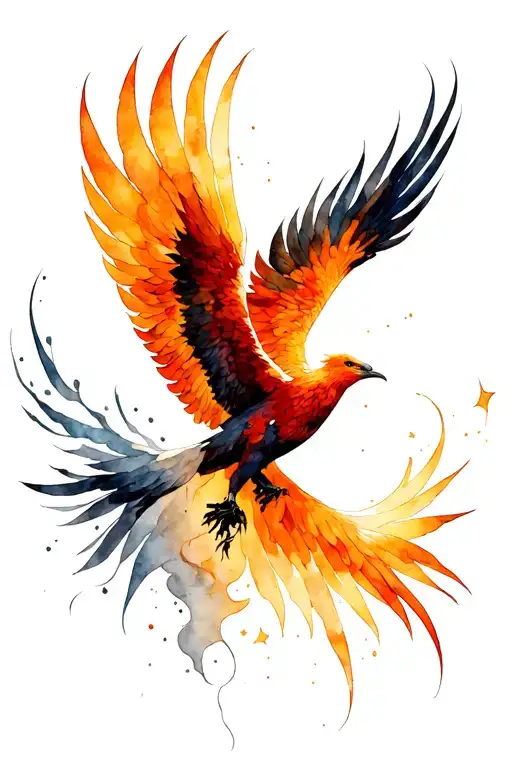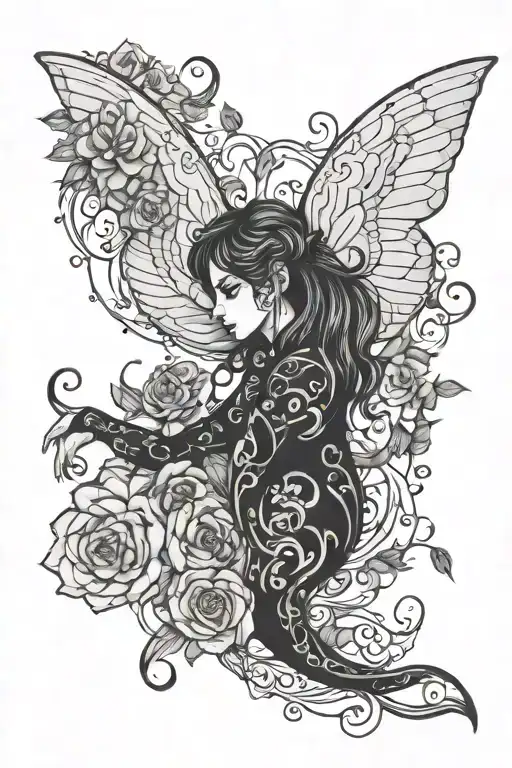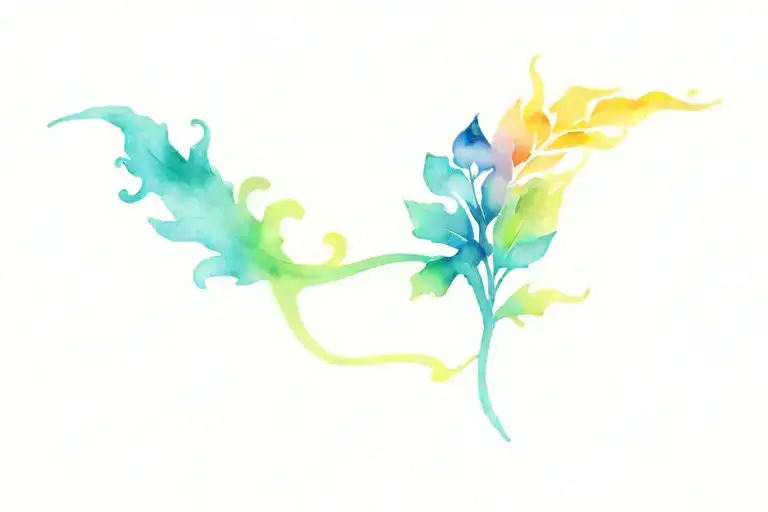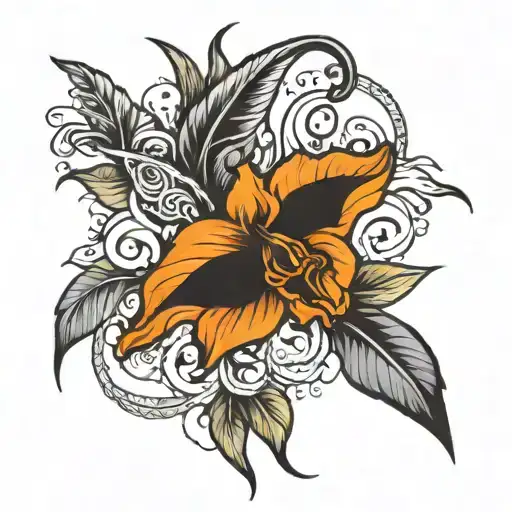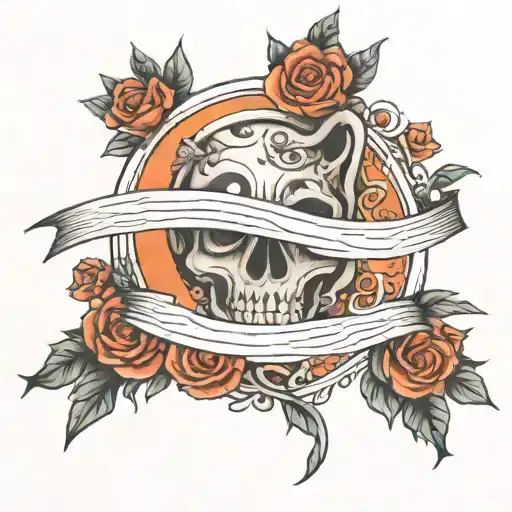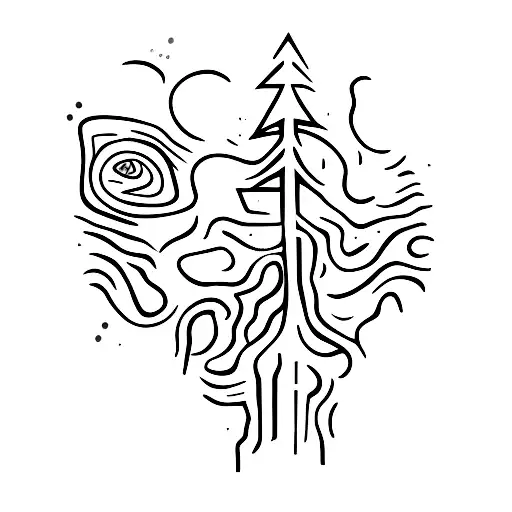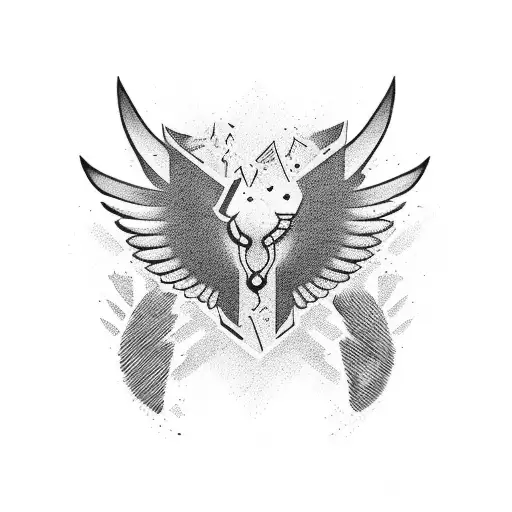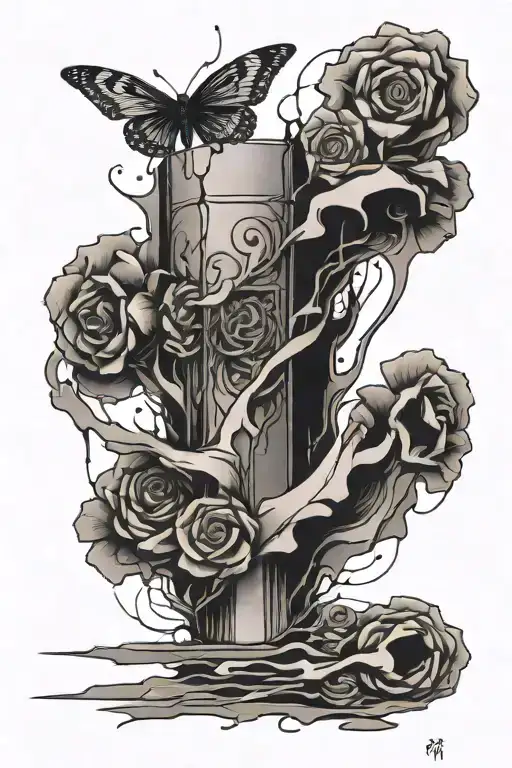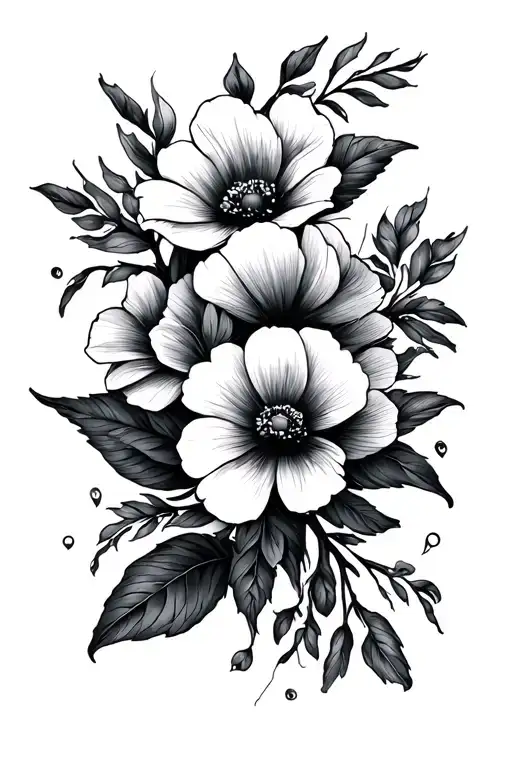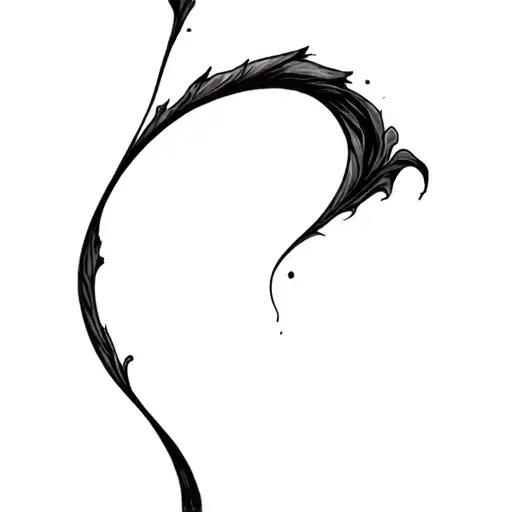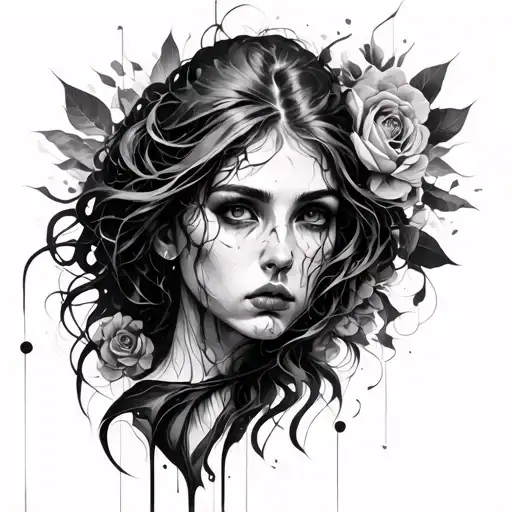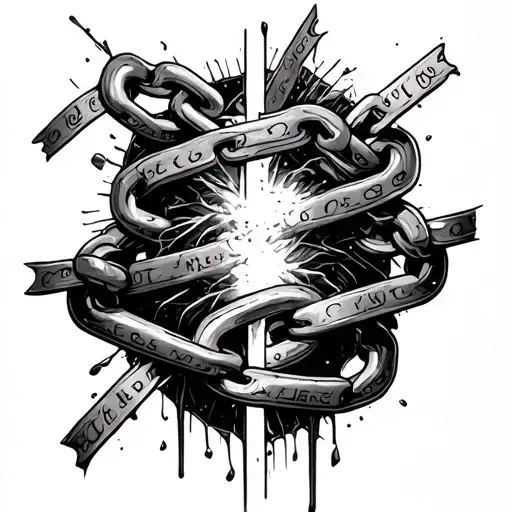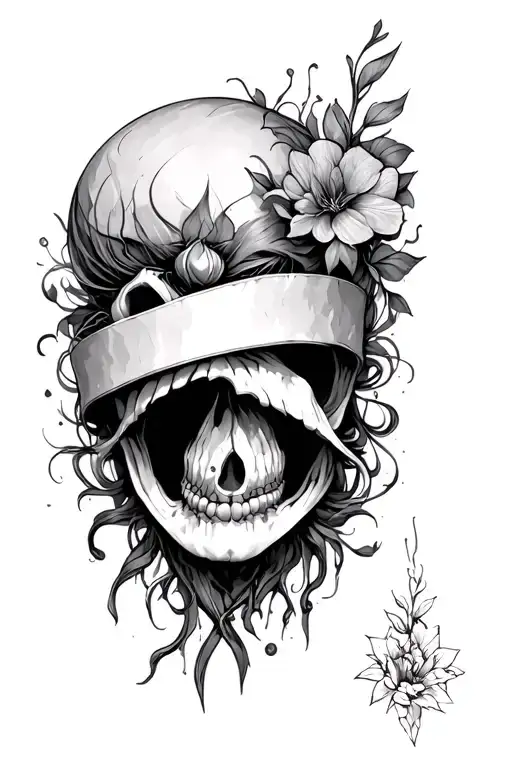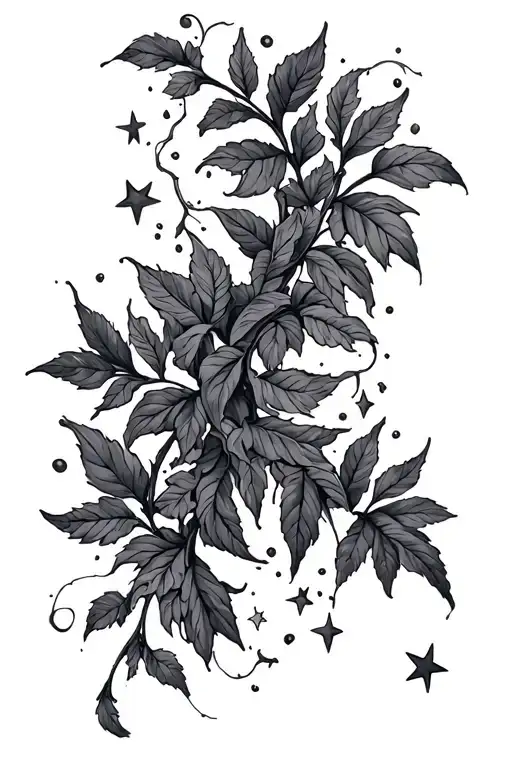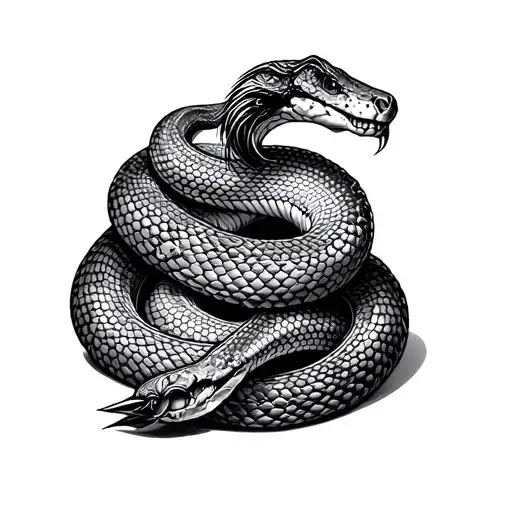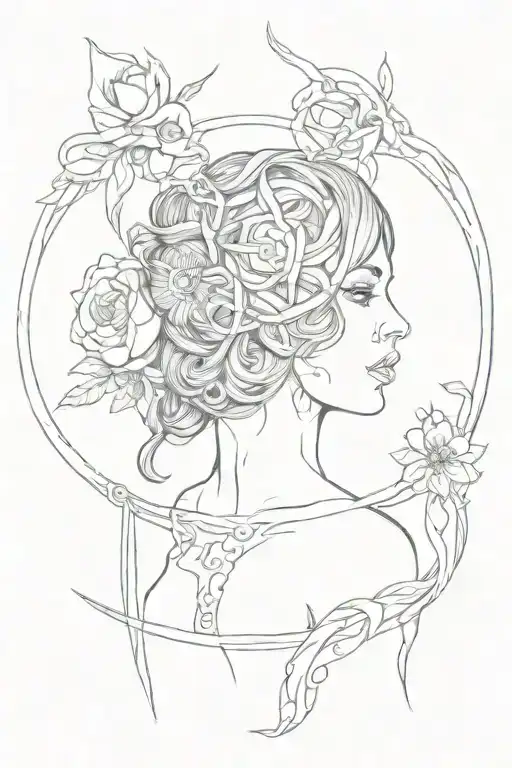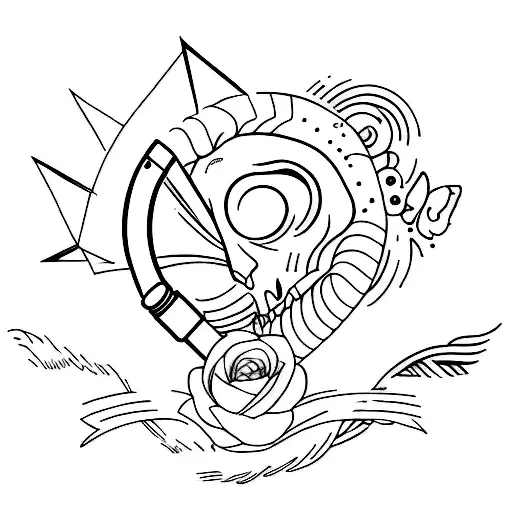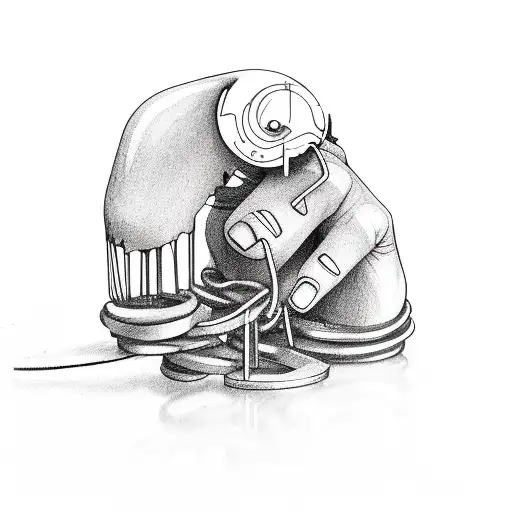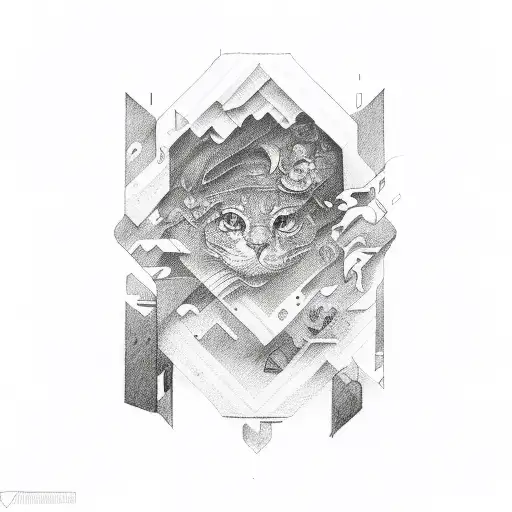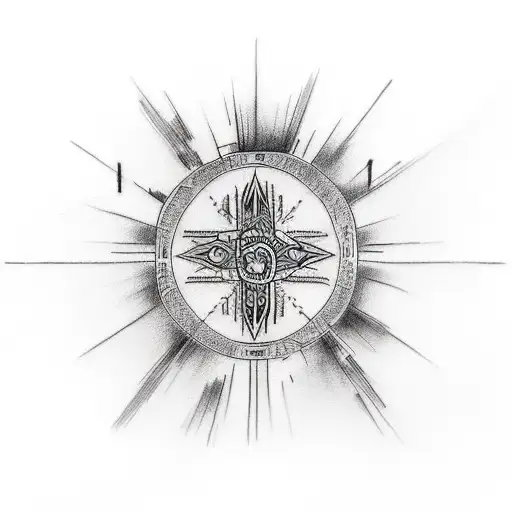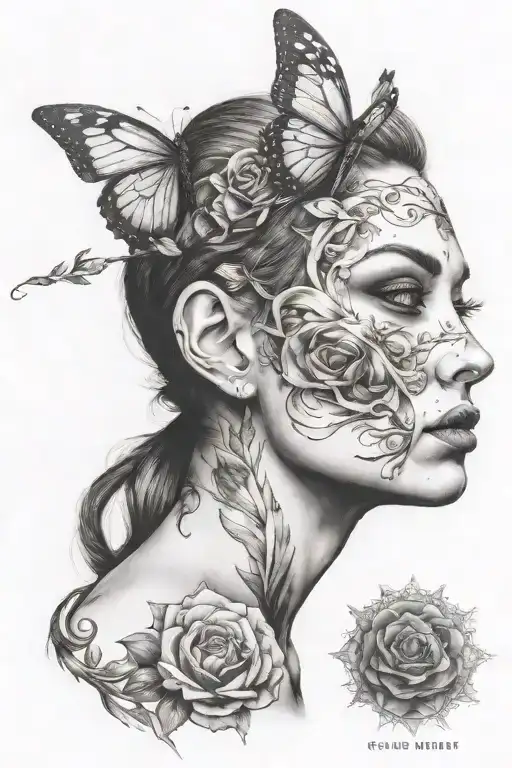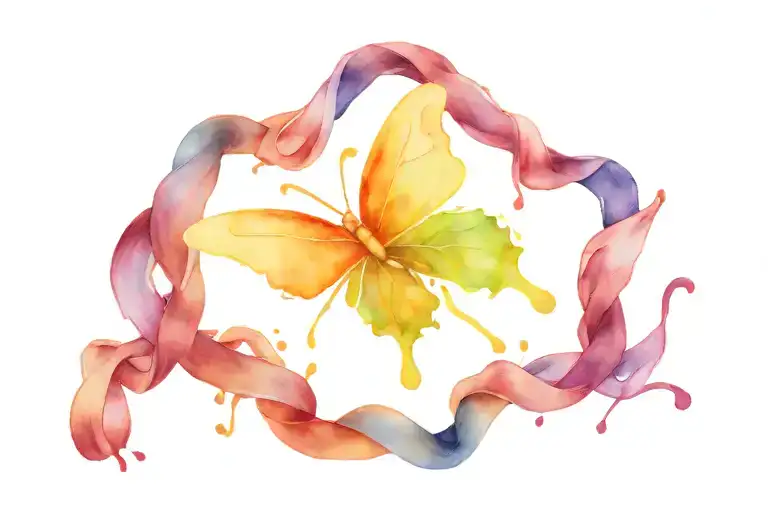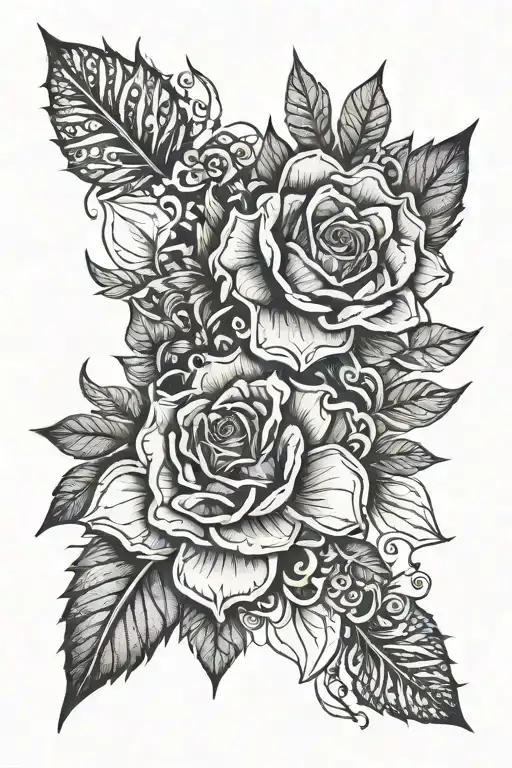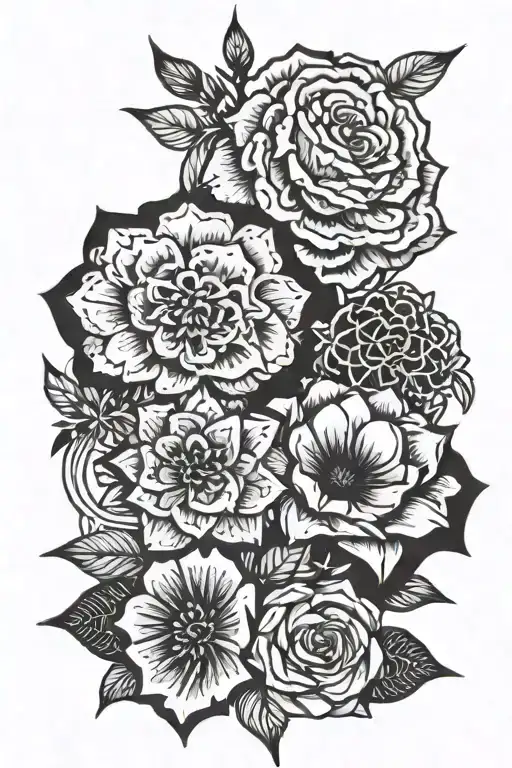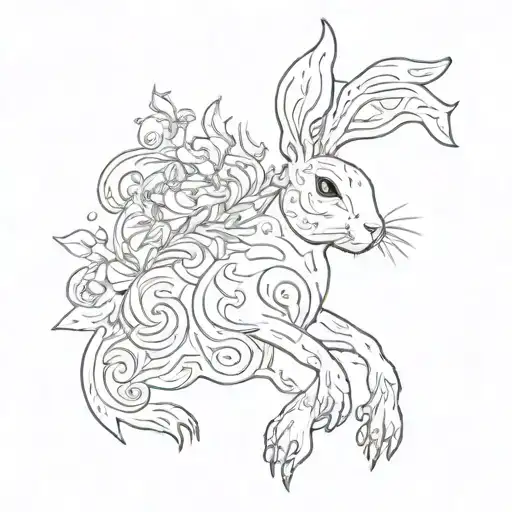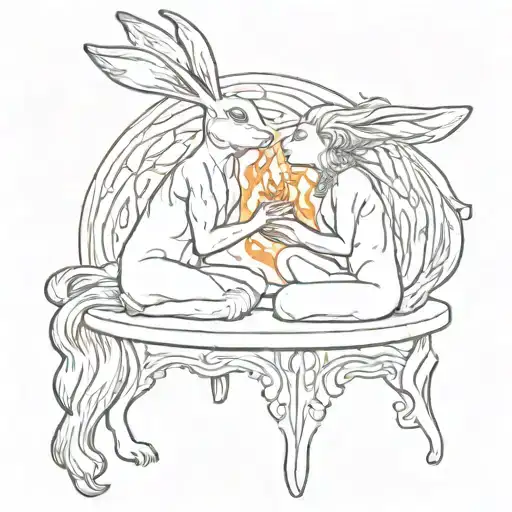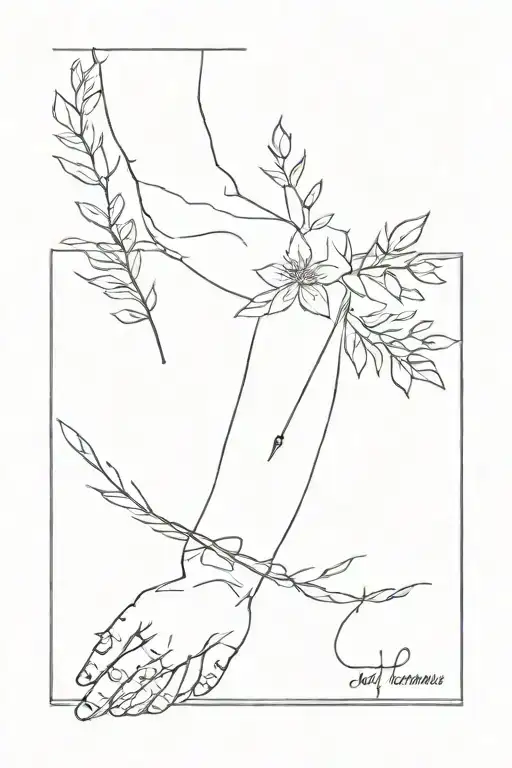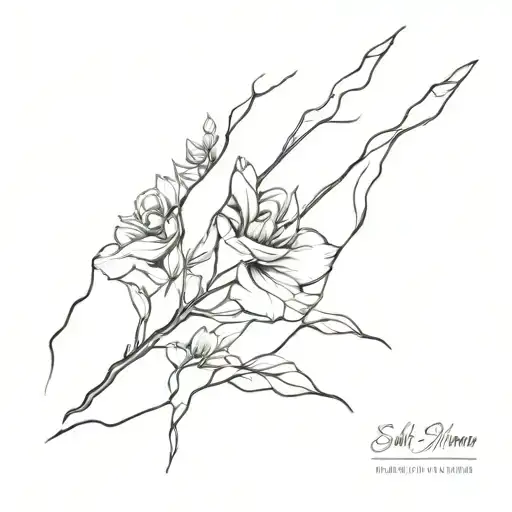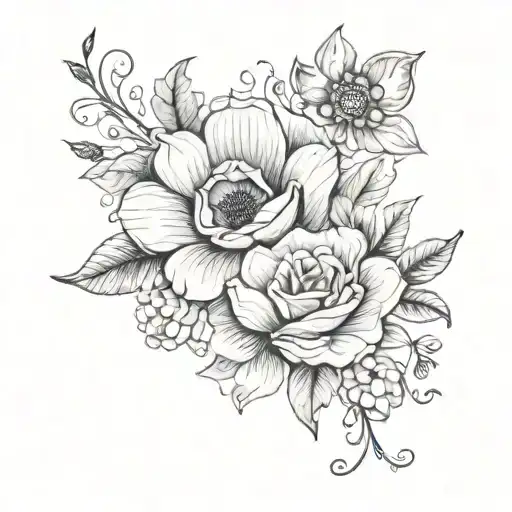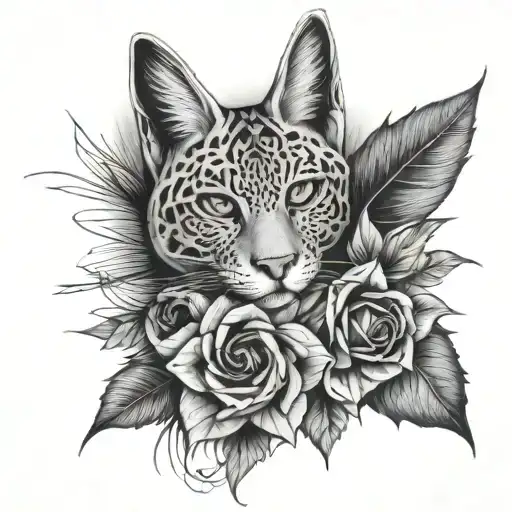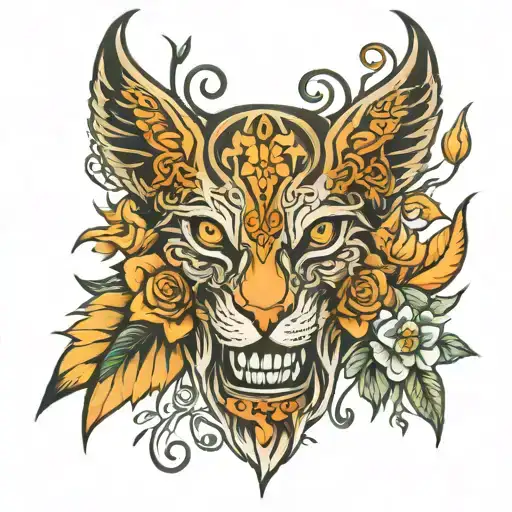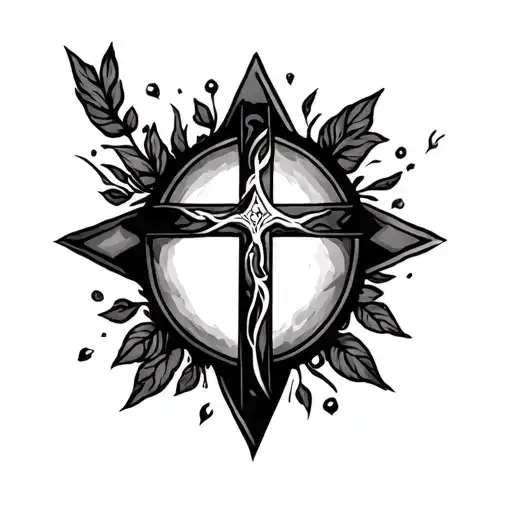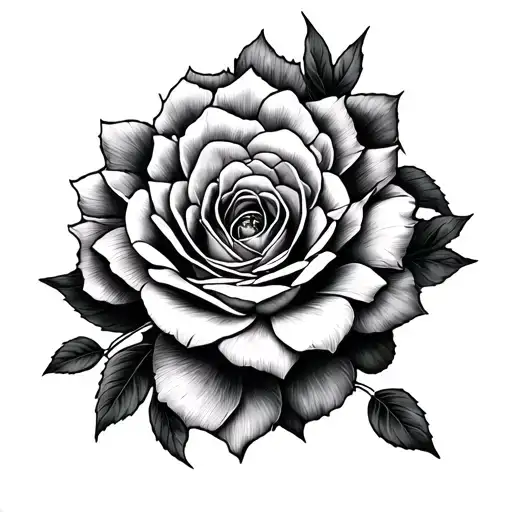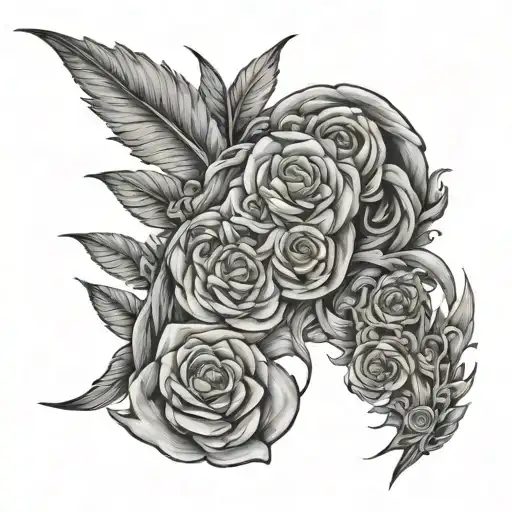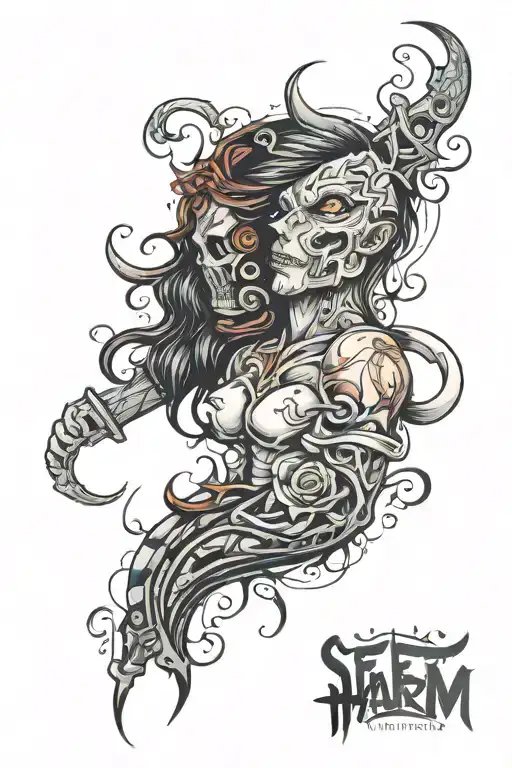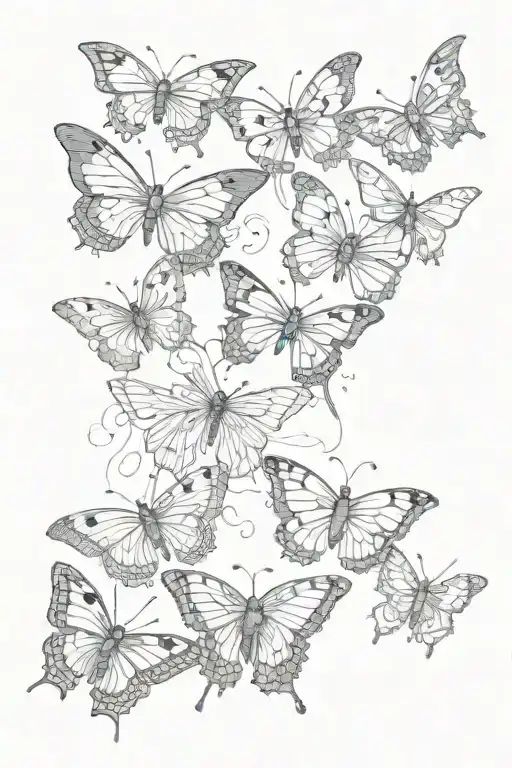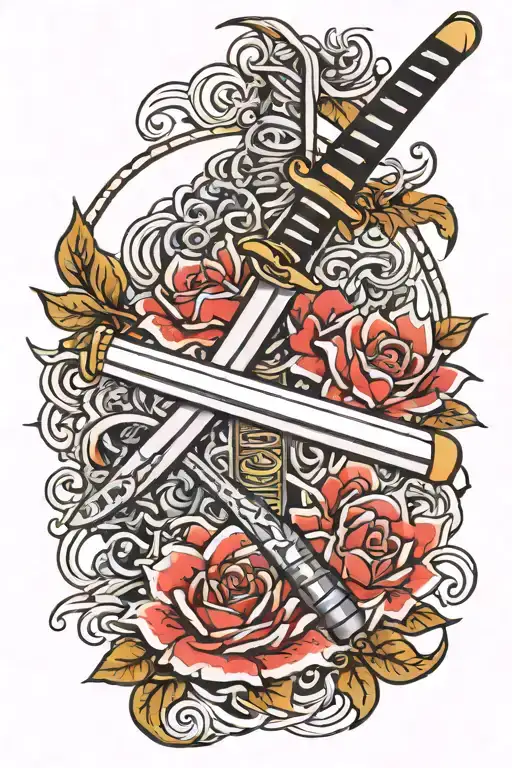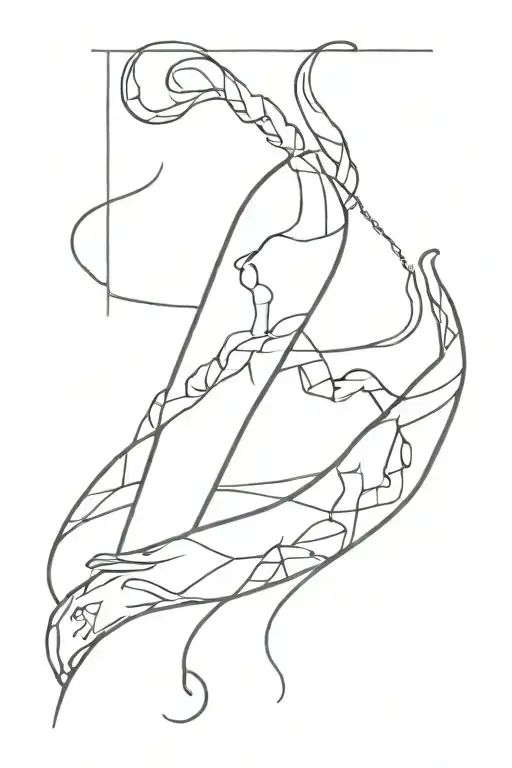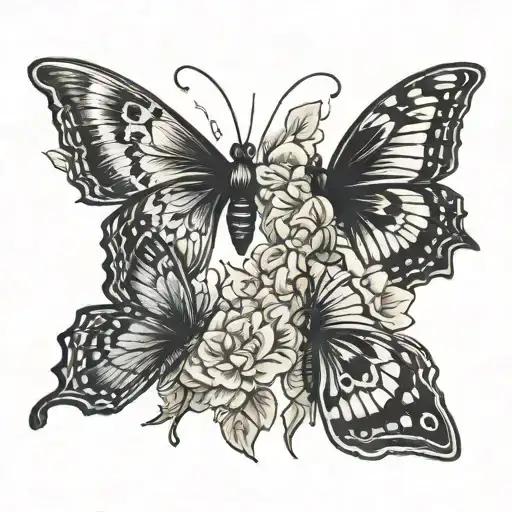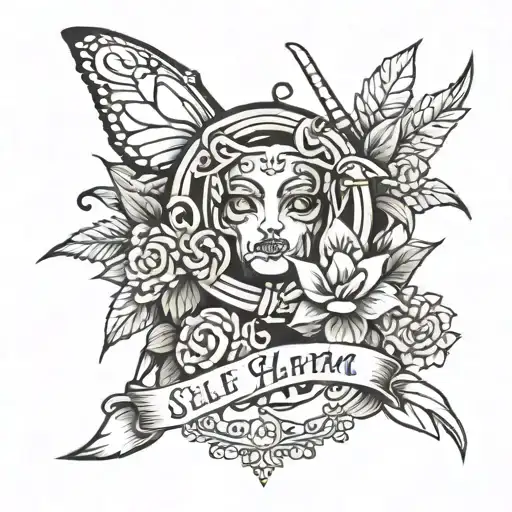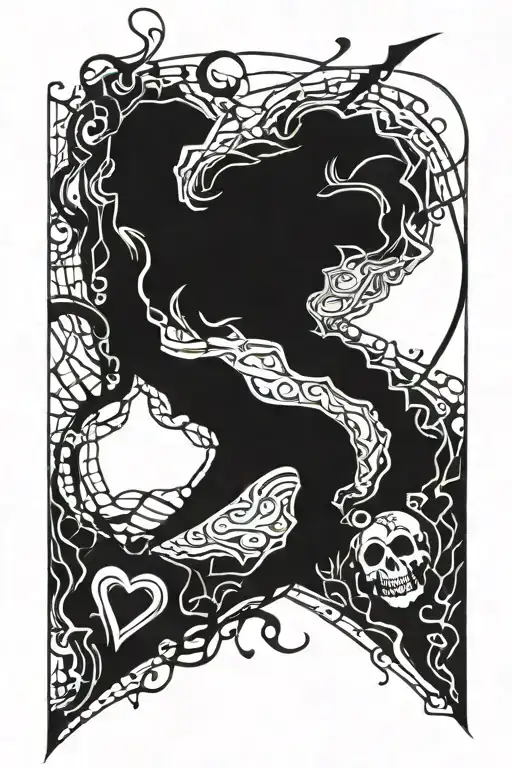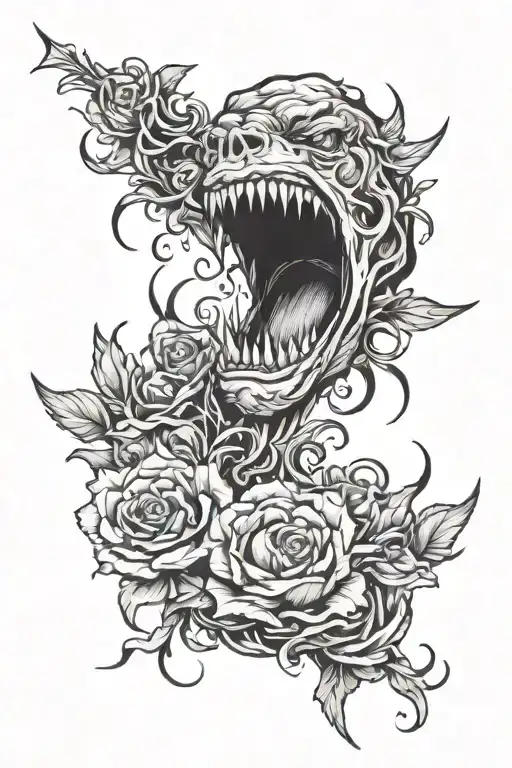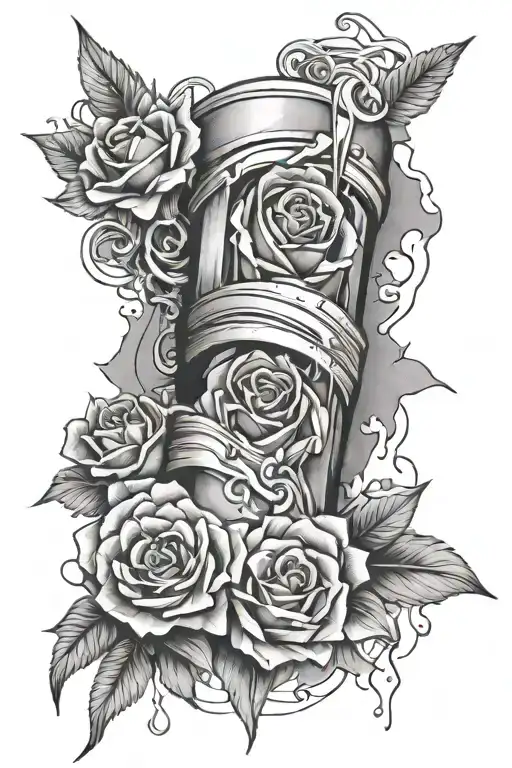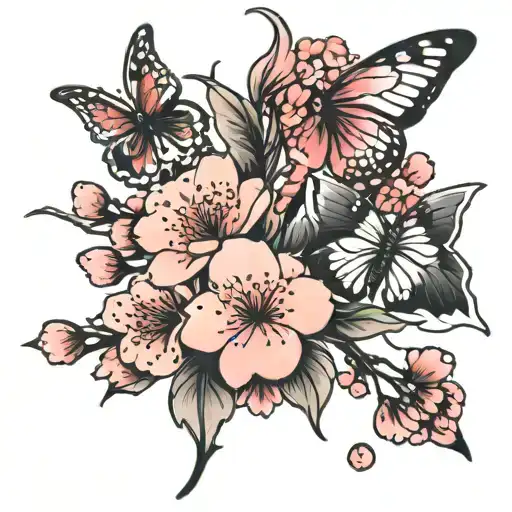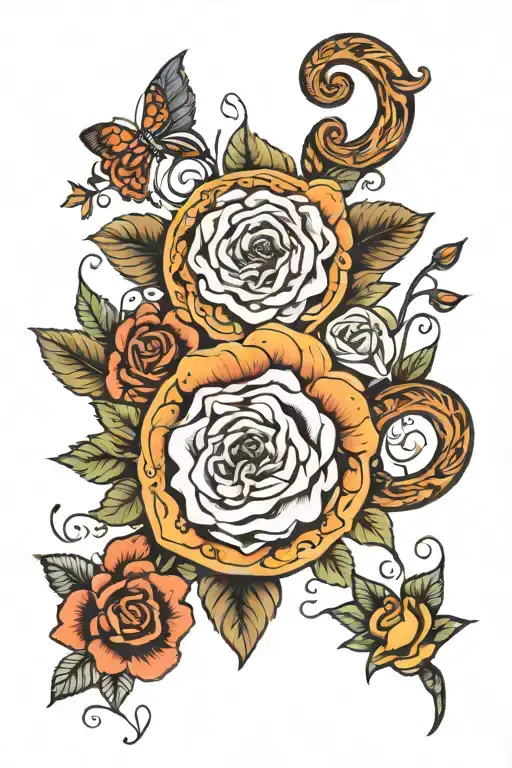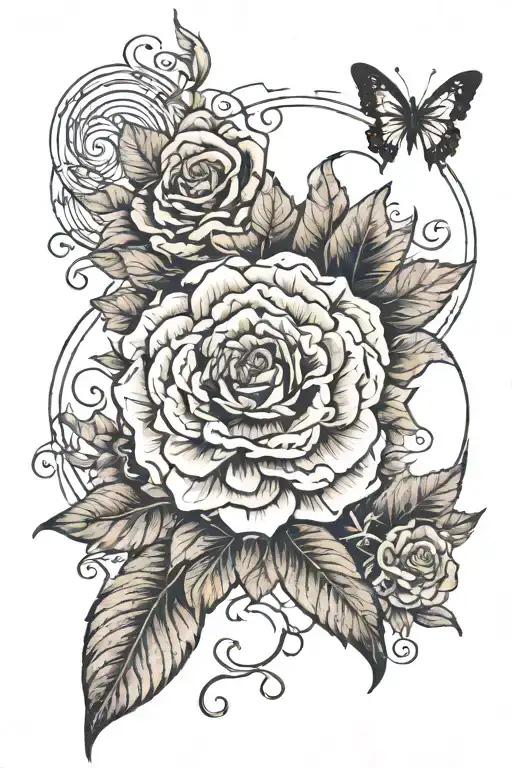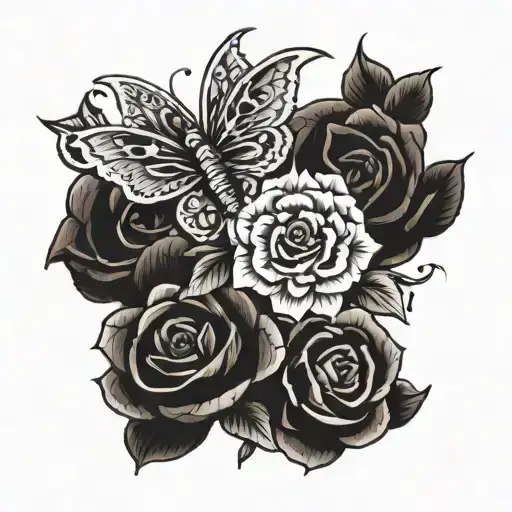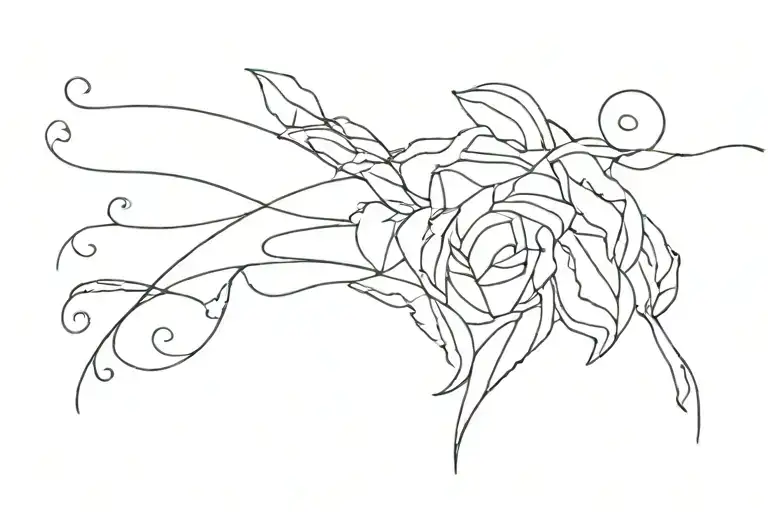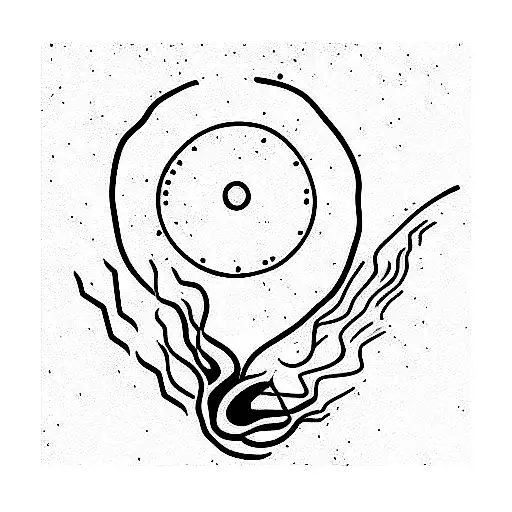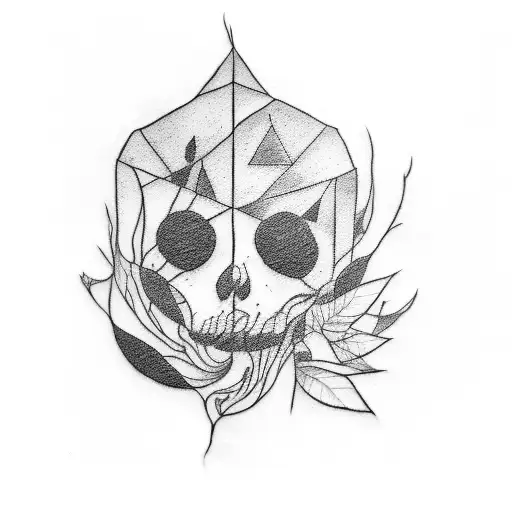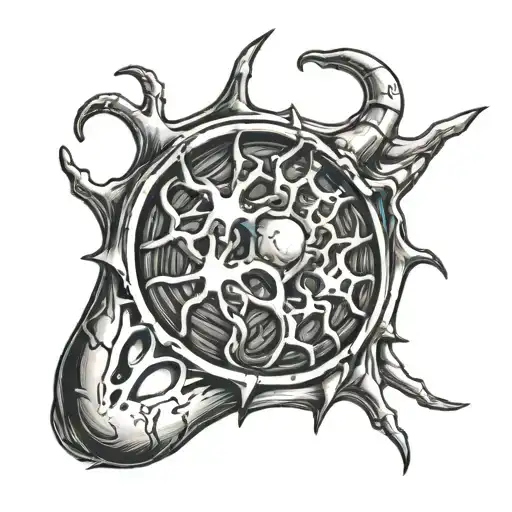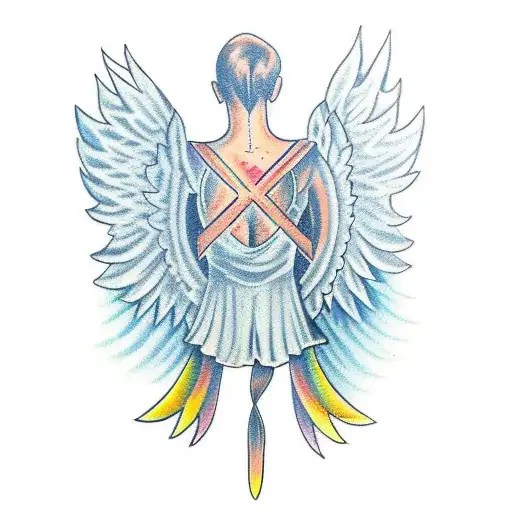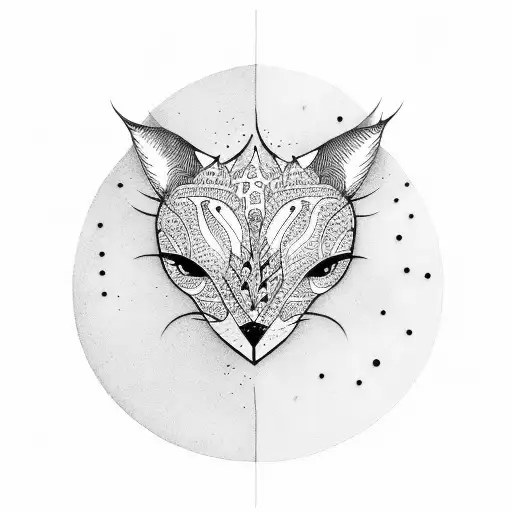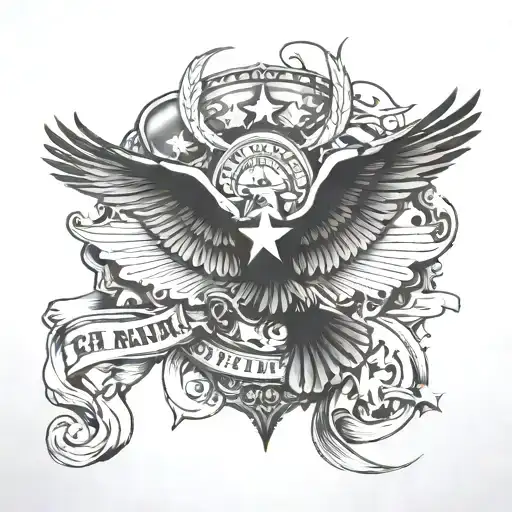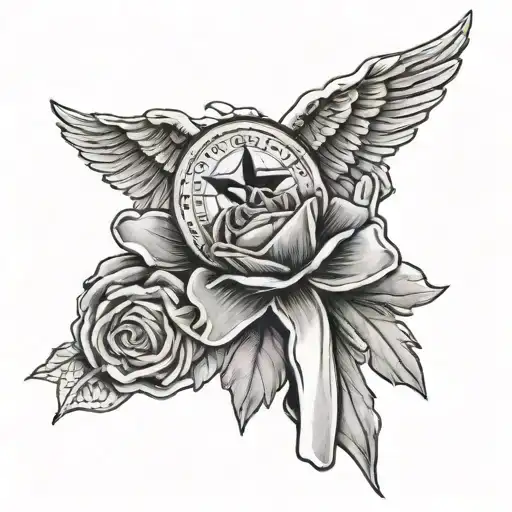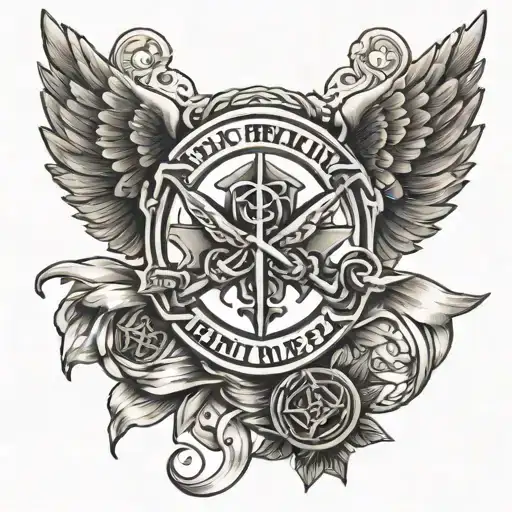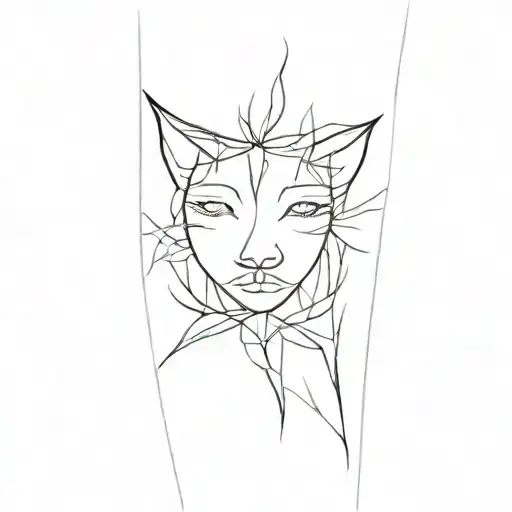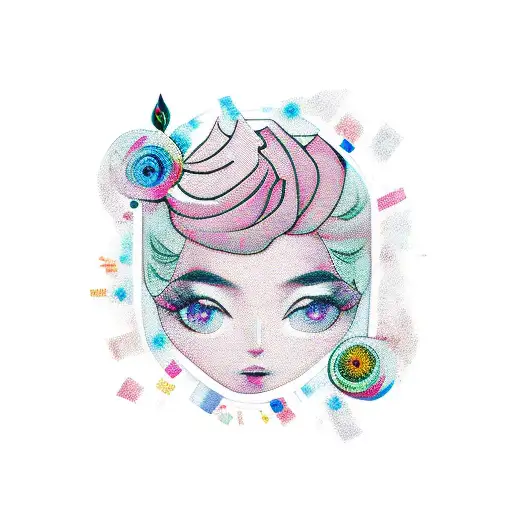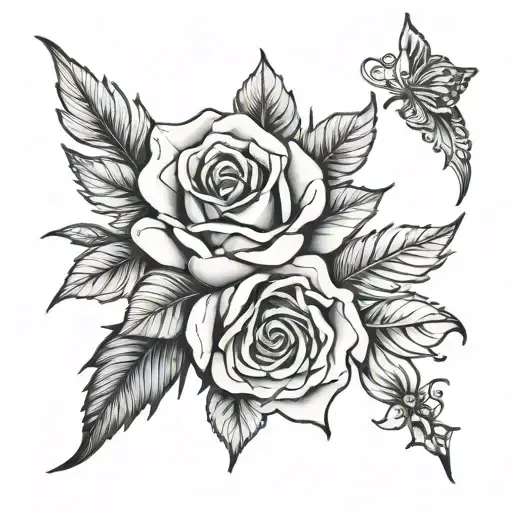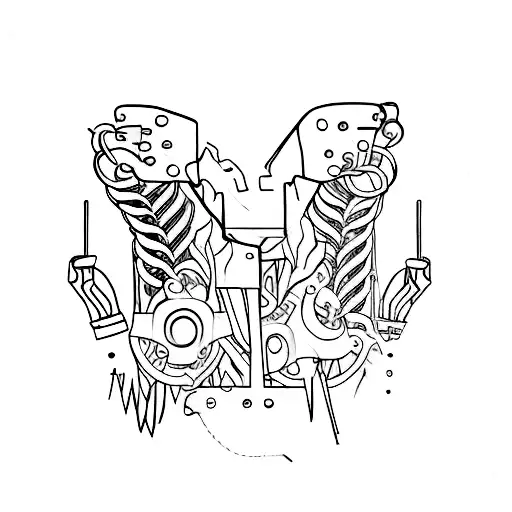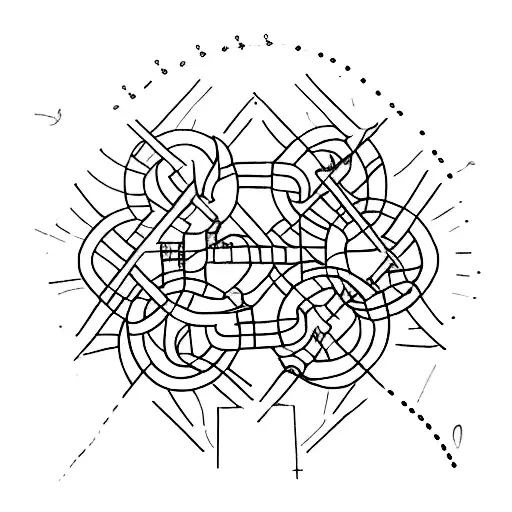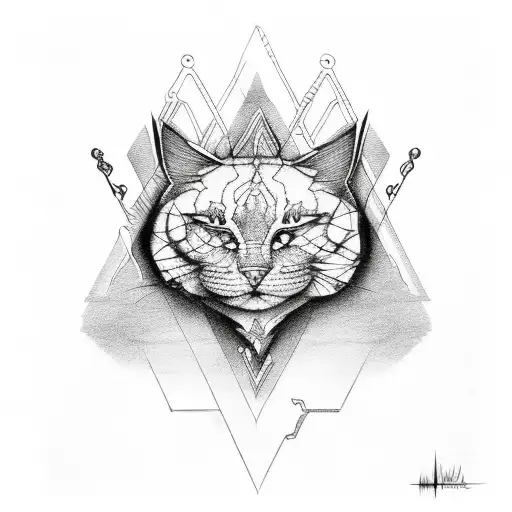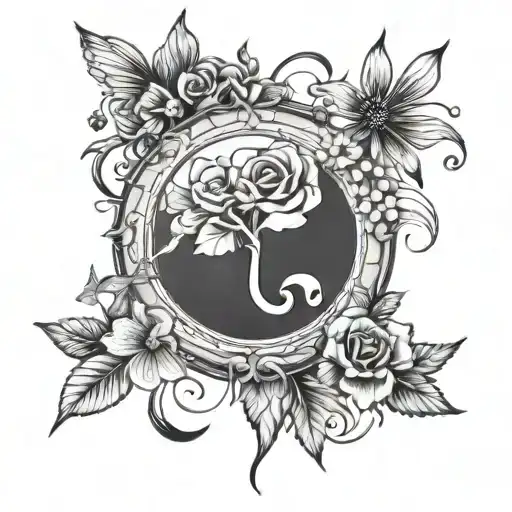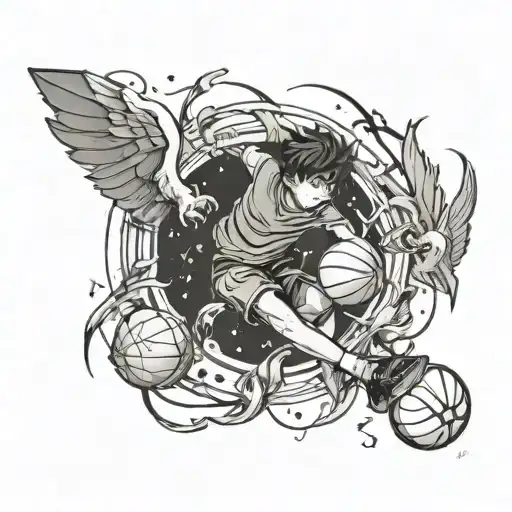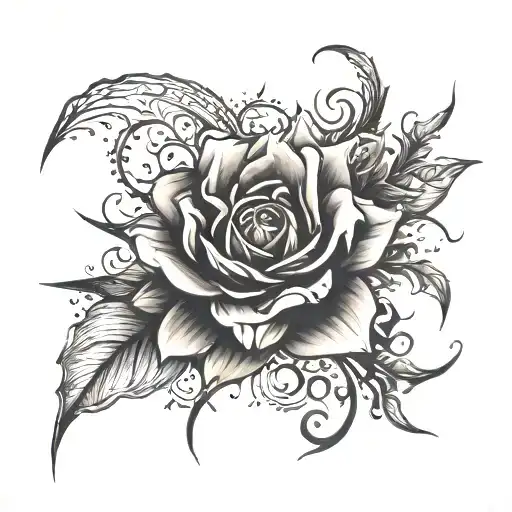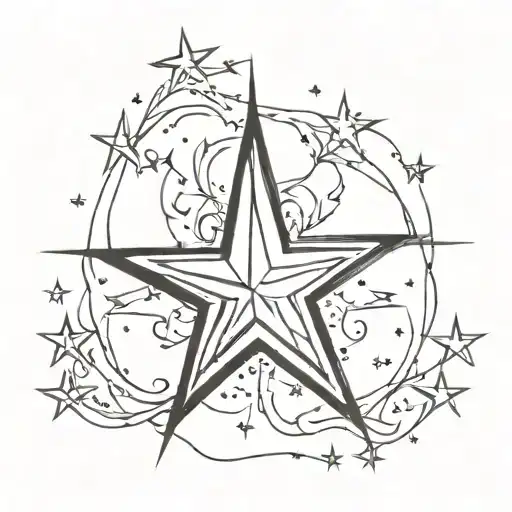159 Results
Filters
Gender
Placement
Style
159+ Self Harm Tattoo Ideas
The concept of "Self Harm" tattoos has emerged as a powerful form of expression for individuals who have faced emotional struggles or psychological challenges, These tattoos often depict imagery that resonates deeply with personal experiences, serving as an external manifestation of pain, healing, or resilience, Tattoo ideas in this realm frequently feature symbols such as broken chains to represent liberation, phoenixes to signify rebirth, or intricate designs that mimic scars, transforming a painful past into a visually compelling statement of strength, Each design is not just an aesthetic choice; it tells a story, making it an intimate and significant part of the wearer's identity, The roots of self-harm tattoos can be traced to various cultural practices where tattoos served as a form of therapy or a rite of passage, Historically, many indigenous cultures employed tattoos as a means of marking significant life events or experiences, including trauma, In modern contexts, self-harm tattoos have gained visibility within support groups and communities advocating for mental health awareness, providing individuals a means to reclaim their bodies and narratives, This historical connection brings added depth and relevance to the ongoing conversation regarding mental health, healing, and self-acceptance, Symbolically, self-harm tattoos embrace a myriad of meanings, They can represent a struggle that individuals wish to overcome, a reminder of where they’ve been, or a symbol of hope and recovery, For many, the act of tattooing becomes a cathartic process, allowing them to confront their challenges and illustrate their growth, Culturally, these tattoos challenge the stigma surrounding mental health and self-harm, promoting open conversations and fostering understanding and empathy within society, When it comes to popular styles that best suit the self-harm tattoo idea, blackwork and minimalist aesthetics are often favored for their boldness and clarity, Black and grey designs can evoke a sense of somber reflection, while realism or surrealism can capture complex emotions in breathtaking detail.
Geometric patterns frequent the conversation as well, infusing modernity into traditional symbolism, making this idea particularly versatile, Each tattoo style offers a unique lens through which the wearer’s journey can be articulated, embodying their personal aesthetic while also conveying powerful emotional statements, Ideal placements for a self-harm tattoo idea typically include areas like the forearms, wrists, or thighs, These spots not only allow for visibility, thus enabling wearers to share their stories with others, but also serve as canvases for larger, more detailed pieces that can encapsulate their experiences, Additionally, placements on locations that carry personal significance can heighten the meaning behind the self-harm tattoos, reinforcing a sense of ownership and agency over one’s narrative, Moreover, the beauty of self-harm tattoos lies in their capacity for variation and creative adaptation, Wearers may opt for designs that incorporate elements like florals to represent growth, or even abstract shapes that symbolize the intricacies of their emotions, Tattoo artists may further customize the design by integrating unique patterns or color schemes that resonate with the individual, transforming a common concept into something distinctly personal, This fluidity within the tattoo ideas allows for an intimate connection between the artwork and the individual’s journey, Incorporating keywords such as “Self Harm tattoo ideas” and “Self Harm tattoos” throughout this exploration underscores the importance of these tattoos within contemporary tattoo culture, Each design serves not only as a form of body art but also as a testament to the resilience of the human spirit, encouraging open dialogues about mental health while fostering a sense of community among those who share similar experiences.
Create Your Own Self Harm Tattoo
Design your very personal Self Harm tattoo in seconds. Choose your style and create unlimited full sleeves, half sleeves, forearm tattoos, and more.
Category:
#1 AI Tattoo App
BlackInk helps tattoo lovers create their own unique tattoos in seconds. Create tattoo designs for free.
© 2025 BlackInk AI, LLC
contact: info@blackink.ai


